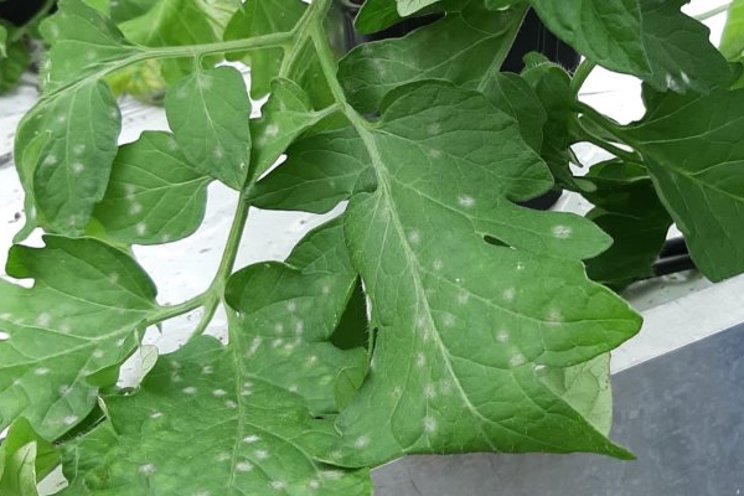Recognizing powdery mildew with sensors
Added on 17 April 2023

Powdery mildew mainly occurs at the bottom of the crop in the cultivation of roses. As a result, the fungus is difficult to be seen for a long time. Research by WUR shows that a simple RGB camera and an image recognition model make it possible to recognize the white fluff of the fungus. However, image recognition must be further developed so that the difference between live and dead mildew can be recognized. For application, the camera could be attached to, for example, a harvest cart, which drives through the crop regularly.
In addition, WUR is investigating whether powdery mildew can be recognized by olfactory sensors. When a crop is attacked, it emits an odor (volatile substance) which is specific to a disease or pest. If we can identify these odors, we can use them for recognition in the greenhouse. WUR examines which volatile substance(s) are released in a tomato crop after infection with powdery mildew. In the future, this could mean that cultivation personnel could check the crop with a hand sensor. The advantage of using odor is that powdery mildew can be detected relatively quickly after the first infection: currently this is already possible after 6 days (with image recognition detection is possible after 10 days).
All photos: Wageningen University & Research
More news















